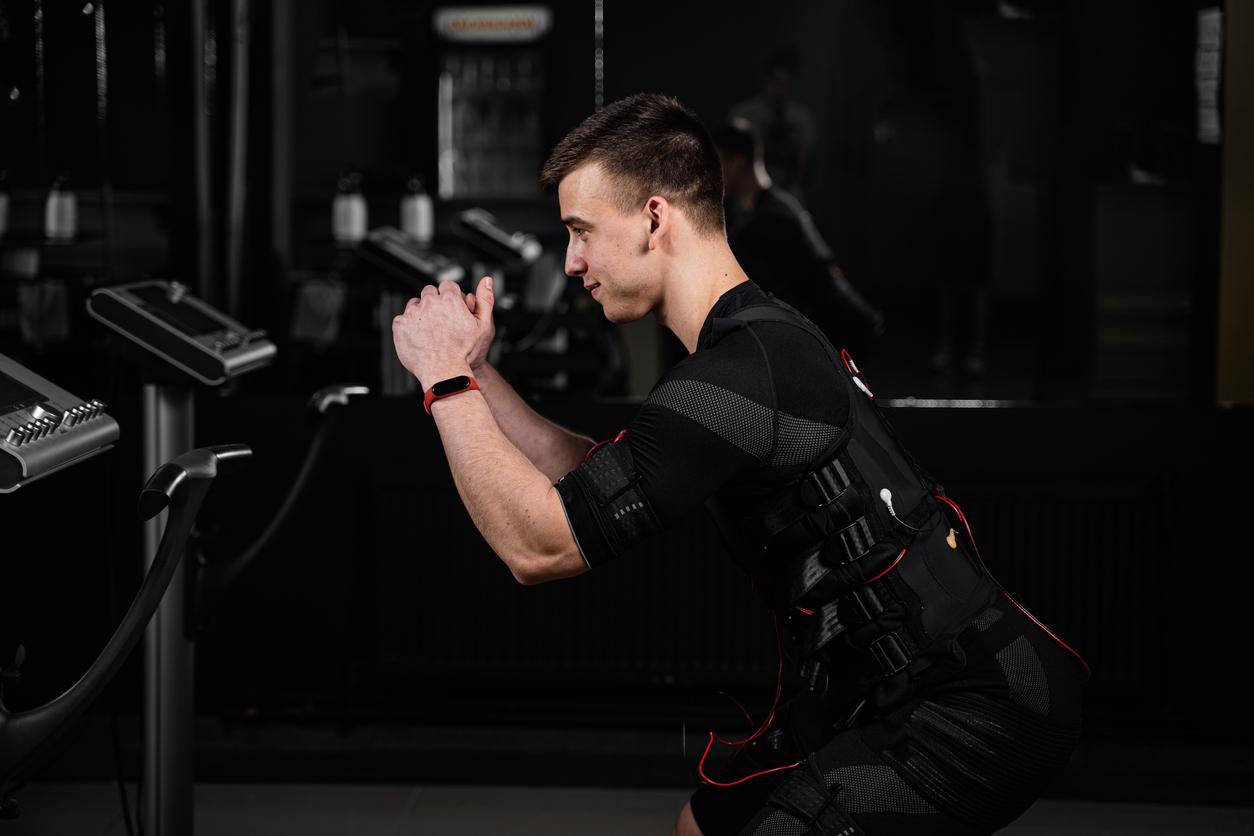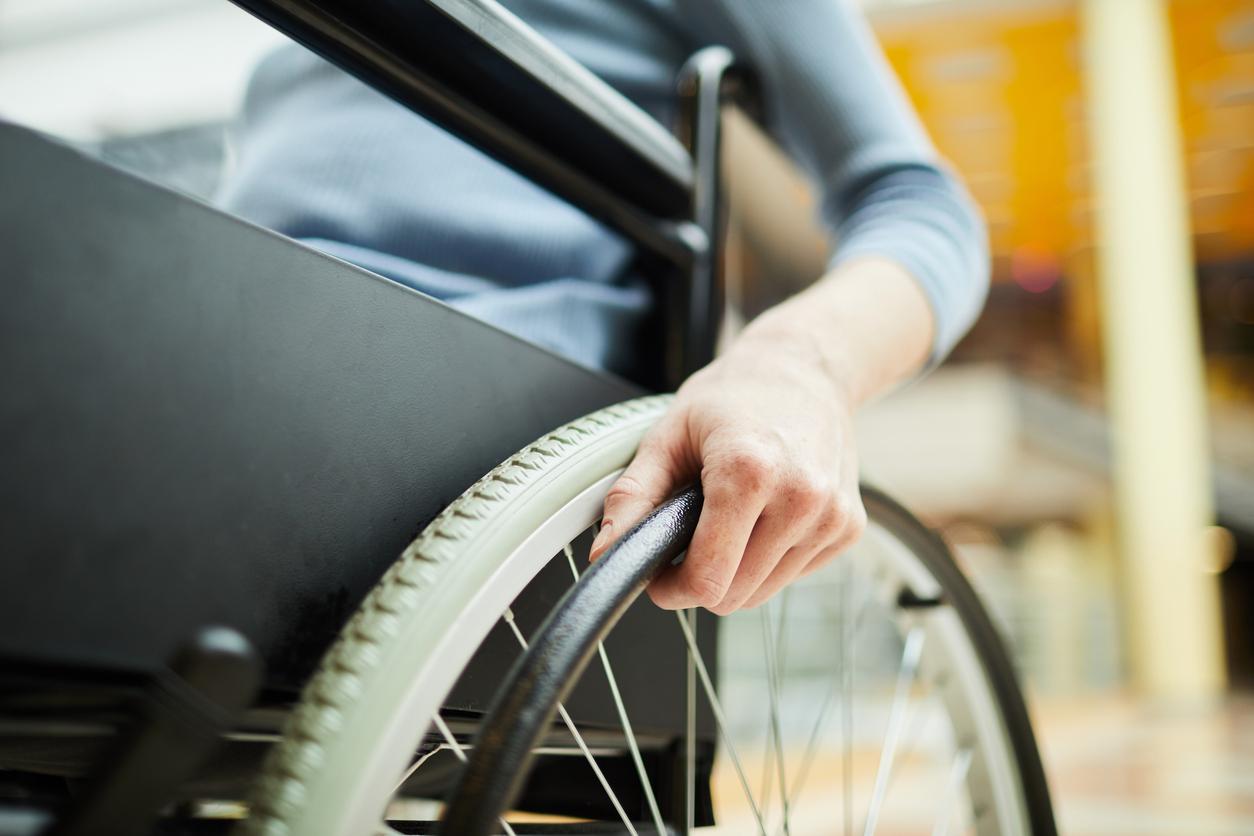Add neuromuscular electrical stimulation to its drive program with weights and dumbbells improves muscle strength and growth.

- Neuromuscular electrical stimulation uses electric currents to contract muscles.
- Combining this process with resistance training helps increase strength and muscle mass.
- According to researchers, future studies will explore whether the combination of neuromuscular electrical stimulation and resistance exercises can have additive effects on metabolic and/or cardiovascular health.
Developing your strength and muscle mass is one of your resolutions for this year? In this case, scientists at the University of Texas in El Paso (United States) suggest you integrate neuromuscular electrical stimulation into your routine. “Under normal conditions, the brain activates the muscles by sending signals through the nervous system. Neuromuscular electrical stimulation imitates this process by delivering external electrical currents to nerves, which causes the contraction of the muscles, without intervention of the intervention of brain. explained Sudip Bajpeyiprofessor in the Kinesiology Department of the American establishment.
Make 8 to 12 times a bodybuilding exercise while receiving electrical currents
Before advising this combination, researchers conducted a study, the results of which were published in the journal European Journal of Applied Physiology. As part of the work, the team compared the development of strength and muscle mass between conventional resistance training and the combination of resistance training and neuromuscular electrical stimulation. For this, they reviewed a dozen research in which adults were doing exercises, such as the developed-hand or the squat, while using neuromuscular electrical stimulation devices. More specifically, the volunteers carried out eight to twelve repetitions of a bodybuilding exercise, then rested before repeating the exercise. The muscular mass and strength of the participants, whose training periods ranged from two to sixteen weeks, were evaluated at the beginning and the end of each intervention.
Stronger muscles thanks to neuromuscular electrical stimulation and resistance training
According to the results, the use of neuromuscular electrical stimulation during resistance drive leads to an increase in muscle mass and force compared to resistance drive carried out in isolation. The longer the training time, the more the results improved.
From now on, the team, funded by the National Institute of Diabetes and Digestive and Renal diseases, studies how neuromuscular electrical stimulation could help regulate blood sugar and reduce the risk of type 2 diabetes. “Exercise is a drug, but everyone is not able or eager to do it. Neuromuscular electrical stimulation has great potential to improve metabolic health by developing muscle mass, which can help the body to treat glucose more effectively “, concluded Sudip Bajpeyi.
















